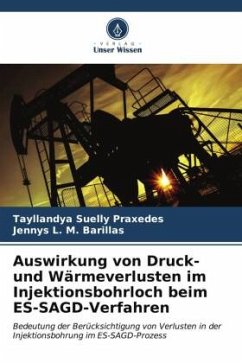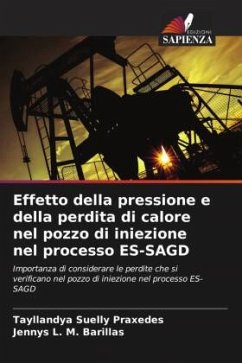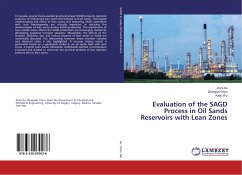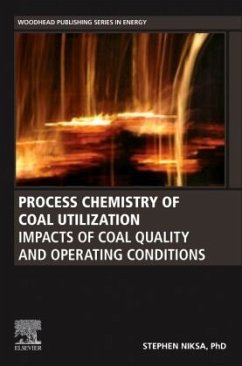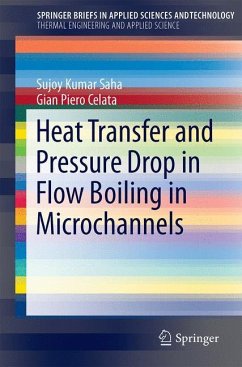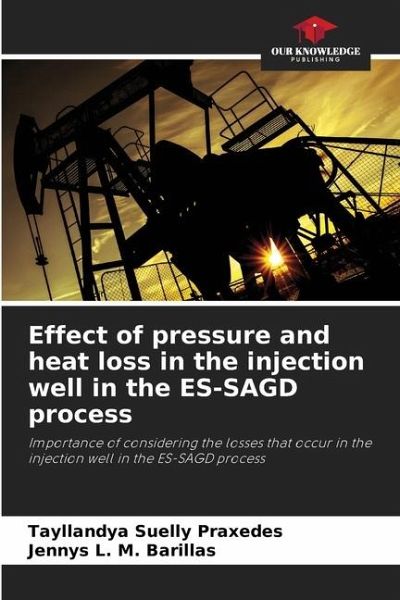
Effect of pressure and heat loss in the injection well in the ES-SAGD process
Importance of considering the losses that occur in the injection well in the ES-SAGD process
Versandkostenfrei!
Versandfertig in 6-10 Tagen
36,99 €
inkl. MwSt.

PAYBACK Punkte
18 °P sammeln!
Currently, most of the world's hydrocarbon reserves are in the form of heavy oil or bitumen. The extraction and production of this resource requires the implementation of new technologies. One of the promising processes for recovering this oil is steam and solvent assisted gravity drainage (ES-SAGD), which uses two parallel horizontal wells, where the injector is placed above the producer. The process is carried out by injecting a hydrocarbon additive in low concentration together with steam. The steam contributes heat to reduce the viscosity of the oil and the solvent helps with miscibility, ...
Currently, most of the world's hydrocarbon reserves are in the form of heavy oil or bitumen. The extraction and production of this resource requires the implementation of new technologies. One of the promising processes for recovering this oil is steam and solvent assisted gravity drainage (ES-SAGD), which uses two parallel horizontal wells, where the injector is placed above the producer. The process is carried out by injecting a hydrocarbon additive in low concentration together with steam. The steam contributes heat to reduce the viscosity of the oil and the solvent helps with miscibility, reducing the interfacial tension between oil and solvent. The influence of pressure drop and heat loss in the injection well on the ES-SAGD process was analysed. The reservoir model adopted has characteristics of the Brazilian Northeast and the numerical simulations were carried out using CMG's (Computer Modelling Group) STARS thermal simulator. The results showed that, for all the cases analysed, the model that takes pressure drop into account has lower cumulative oil production than the model that does not take pressure drop into account.



